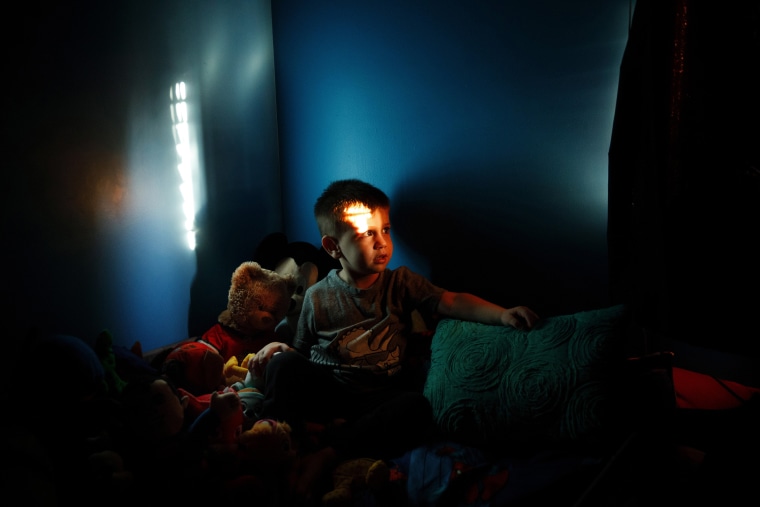Cases of acute flaccid myelitis, a paralyzing condition affecting mostly kids, are still on the rise, federal health officials said Monday.
The latest update on the polio-like condition show 219 reports of possible cases, with 80 of them confirmed, the Centers for Disease Control and Prevention said. The CDC has reports from 25 states of AFM.
The CDC and outside researchers say 2018 appears to be a year with more cases. Since a surge of cases was reported in 2014, there has been an every-other-year pattern of outbreaks. In 2014, the CDC confirmed 120 cases, but just 22 in 2015. Then case counts rose to 149 in 2016 and fell to 33 in 2017.
The CDC says it’s still not clear what’s causing all the cases. Some patients have been infected with a usually harmless common cold virus called enterovirus D68, or EV-D68. But not all patients have tested positive for EV-D68.
Outside researchers and doctors who have treated patients say it’s clear to them that viruses, including EV-D68, are causing the cases. But the CDC says the case is not so certain.
“CDC has tested many different specimens from AFM patients for a wide range of pathogens (germs) that can cause AFM,” the agency says on its website.
“To date, no pathogen (germ) has been consistently detected in the patients’ spinal fluid; a pathogen detected in the spinal fluid would be good evidence to indicate the cause of AFM since this condition affects the spinal cord.”
Some researchers say testing spinal fluid is not the best way to find out if a respiratory virus is causing the muscle weakness and paralysis that marks AFM. They say doctors should be taking respiratory swabs, as well as blood and stool samples, as soon as a patient comes in showing symptoms.
What researchers and the CDC do agree on is the need for quick testing and for doctors and ER staff to be aware of the symptoms.
“We don’t know what caused the increase in AFM cases starting in 2014,” the CDC says. “We have not yet determined who is at higher risk for developing AFM, or the reasons why they may be at higher risk,” it adds.
A team of researchers across the country are pooling efforts to try to find out why a select few kids out of the many infected with viruses develop AFM.
“We do not yet know the long-term effects of AFM. We know that some patients diagnosed with AFM have recovered quickly, and some continue to have paralysis and require ongoing care,” the CDC added.
None of the patients has tested positive for polio, the CDC stresses.
There is no specific treatment for AFM, the CDC says. Once a virus has attacked the nervous system, there’s no known medical intervention that can reverse the effects. Rehabilitation therapy can help patients regain function.
The CDC takes reports from each state health department and then examines the medical findings. To confirm a case requires not only that a child have symptoms of limb weakness or paralysis, but a magnetic resonance imaging (MRI) scan that shows specific damage in the spinal cord.
Depending on which part of the spine is damaged, different muscles can become weak or paralyzed. This can cause a range of symptoms, from difficulty lifting an arm to severe weakening of the muscles used in breathing. That can require use of a ventilator to help the patient breathe.



